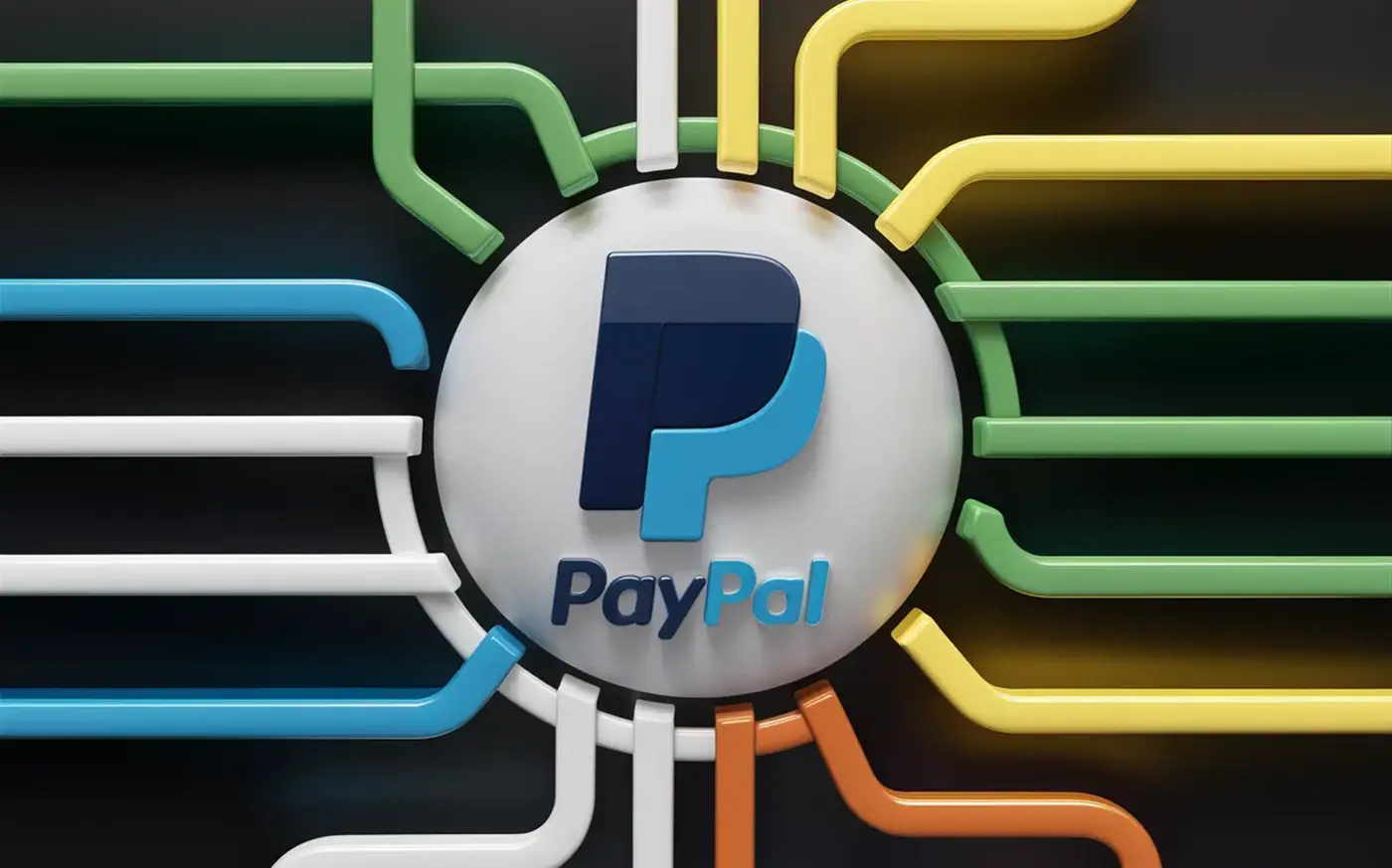Leading payment service provider PayPal has launched the PYUSD stablecoin on the Solana blockchain.
Following this launch, it will now be possible for users to onboard the PYUSDT stablecoin to Solana through platforms such as Crypto.com, Phantom, and Paxos. The three have also been endorsed as issuers of the PYUSD stablecoin.
Creating a Multichain PYUSD Stablecoin
In a blog post, PayPal said that the PYUSD stablecoin will improve transaction speeds while being cheaper to use following the launch on Solana.
Given the growing popularity of stablecoins, users will also have a chance to tap multiple blockchains for more control and flexibility.
Solana is hailed among the most scalable blockchains because of its ability to process transactions at high speeds with low costs.
Because stablecoins are increasingly used for payments due to a lack of volatility, Solana has emerged as the most-used network for stablecoin transfers.
The Solana blockchain processes tokenized transactions, and according to PayPal, it was suitable for PYUSD as a payment option.
PayPal believes that this launch will help achieve the company’s mission of revolutionizing commerce by creating trusted experiences between consumers and merchants globally.
Moreover, the company will fulfill its objective of having a stable digital currency that can be used for both commerce and payments.
“PayPal USD was created to revolutionize commerce again by providing a fast, easy, and inexpensive payment method for the next evolution of the digital economy,” said PayPal Executive Jose Fernandez.
Tapping the Features of Solana
PayPal also acknowledged the benefits of picking the Solana blockchain for this initiative. The blockchain boasts high transaction speeds and scalability. As such, it is the ideal blockchain for creating payment solutions that are cost-effective and accessible.
The PYUSD stablecoin launched in August last year. The stablecoin was created on the Ethereum blockchain. It is also backed fully with assets such as the US dollar and US Treasuries.
The stablecoin is now moving to Solana to become multichain. It will make it possible for people to use it for payments and on-chain transactions.
The initiative mirrors what happened with the leading payment card provider, Visa. Visa released a stablecoin settlement program on the Ethereum blockchain. It later pursued a multichain future after adding support for Solana.
According to the GM of Payments at the Solana Foundation, Sheraz Shere, the continued adoption of the Solana blockchain will help realize the next generation of fintech innovation.
PayPal is also looking to simplify the experience for those using PayPal and Venmo wallets. While the stablecoin runs on blockchain technology, PayPal and Venmo users can still use it.
As such, PayPal is creating an easy-to-use solution. When users transfer their assets to external wallets, they send the stablecoin to the Ethereum or Solana networks.
Since PayPal is used mainly by online shoppers and merchants alike, creating a seamless fiat-to-crypto experience is necessary. The integration of Web3 companies such as Crypto.com, Phantom, and Paxos will improve the experience.






